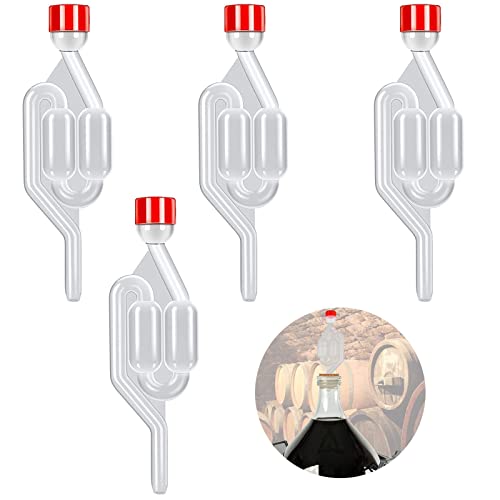@TrevTheBev @Twopan, one of the issues I used to find from 'over' carbonation, (putting aside whether or not it suits the actual brew style) was when trying to pour from a 500ml bottle into a pint glass.
With too much fizz in the brew, no matter how slowly, nor how carefully I tried to pour so as not to disturb the sediment, I ended up with a pint glass full of foamy head - albeit tasty foam - with very little space left for the actual brew!
Having watched too much of my hard grafted brew disappear down the plughole of the kitchen sink from an overflowing glass, I've since taken a more measured approach to carbonation.
I appreciate that there are as many opinions on 'the right way' of doing things as there are members on this site.
However, for me, the easiest and most reliable I've personally found over several dozen brews, is to batch prime with 80-150g dextrose (depending on style) dissolved in about 200-250ml of boiled water (per 23litres brew).
This is added to a bottling bucket whilst racking from the FV, and with a gentle stir to ensure well mixed (without splashing) before bottling.
With too much fizz in the brew, no matter how slowly, nor how carefully I tried to pour so as not to disturb the sediment, I ended up with a pint glass full of foamy head - albeit tasty foam - with very little space left for the actual brew!
Having watched too much of my hard grafted brew disappear down the plughole of the kitchen sink from an overflowing glass, I've since taken a more measured approach to carbonation.
I appreciate that there are as many opinions on 'the right way' of doing things as there are members on this site.
However, for me, the easiest and most reliable I've personally found over several dozen brews, is to batch prime with 80-150g dextrose (depending on style) dissolved in about 200-250ml of boiled water (per 23litres brew).
This is added to a bottling bucket whilst racking from the FV, and with a gentle stir to ensure well mixed (without splashing) before bottling.
Last edited:


































![BREWING THERMOMETER STICKERS ACCURATELY MONITOR FERMENTING BEER & WINE LIQUID TEMPERATURES 5PCS HOME BREW SPIRITS WINE LCD ADHESIVE [US]](https://m.media-amazon.com/images/I/311DDjo2X3L._SL500_.jpg)






